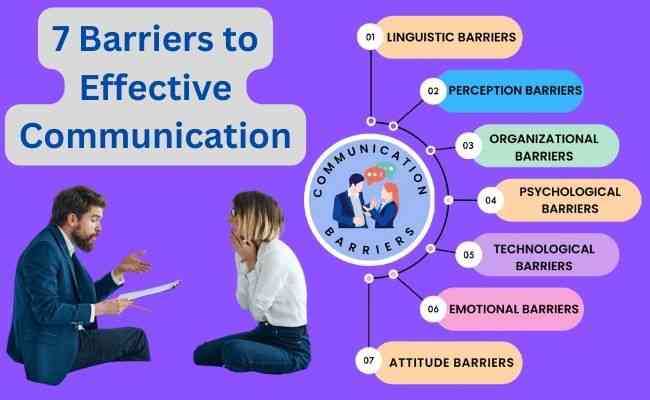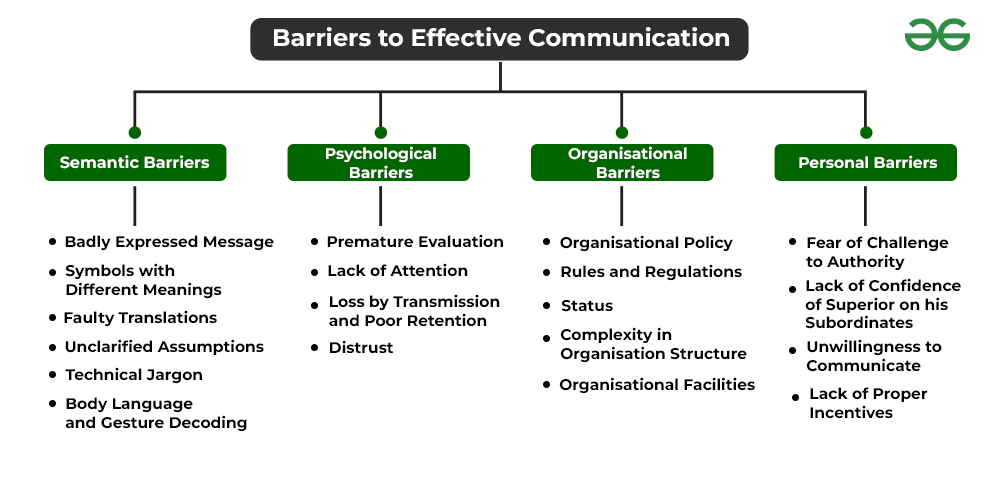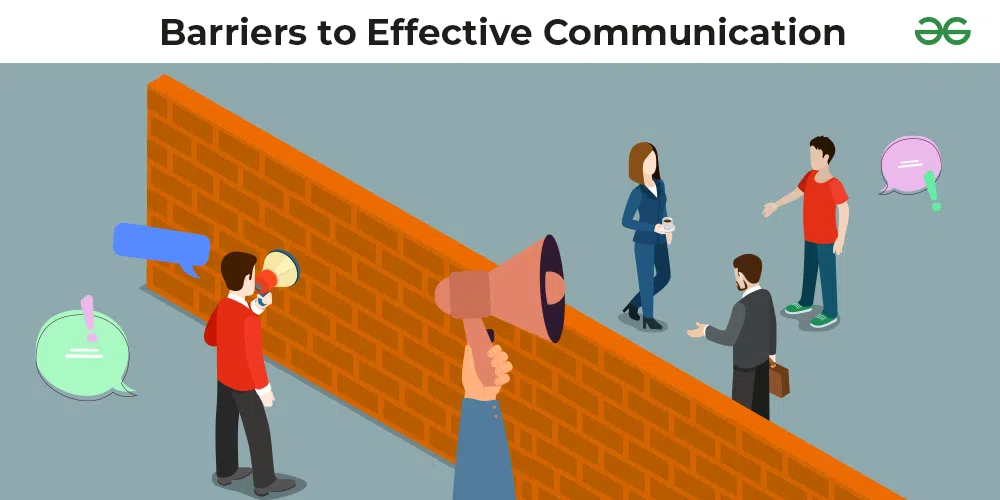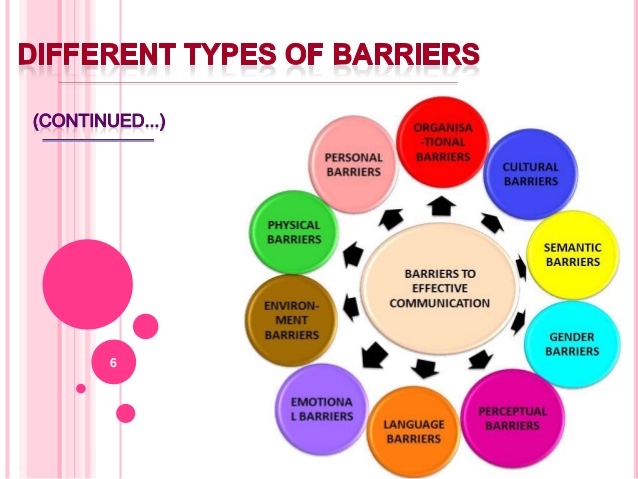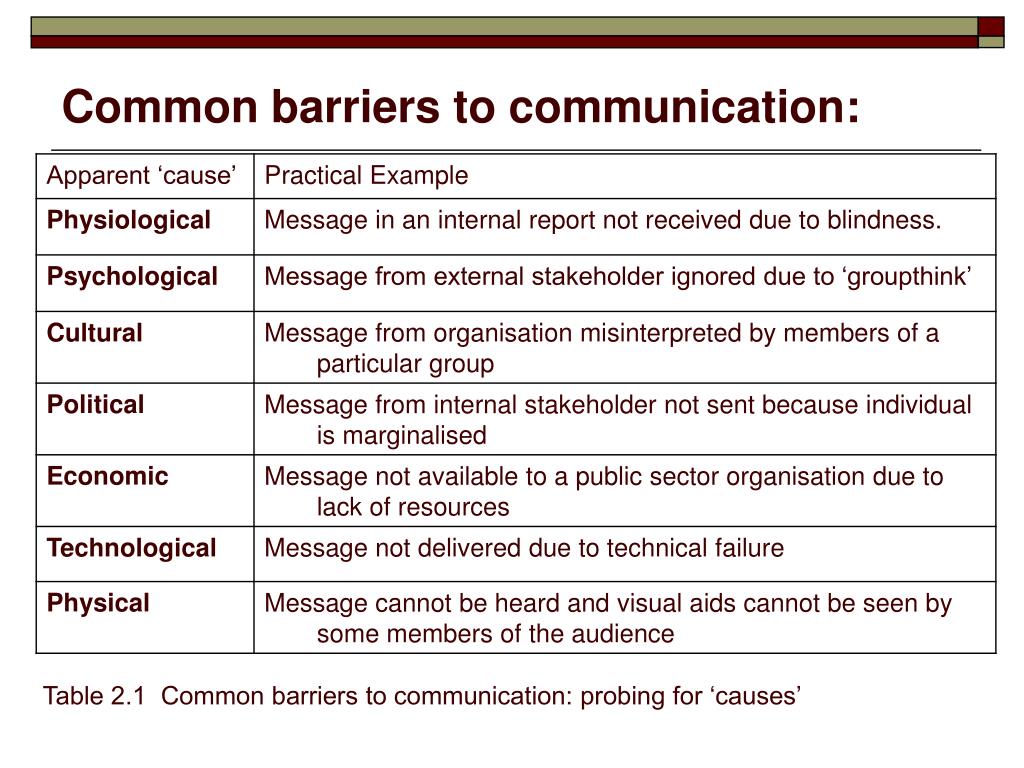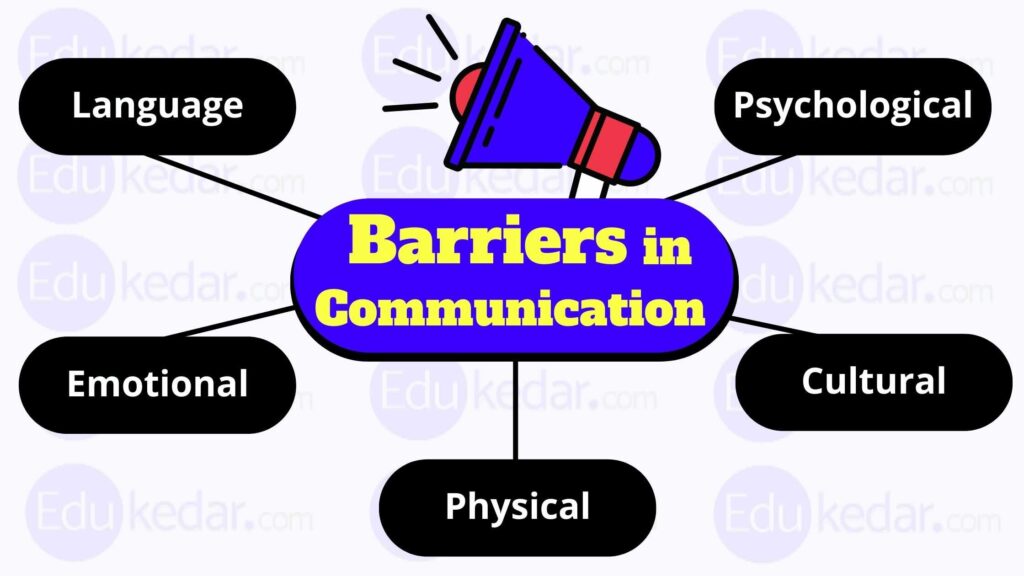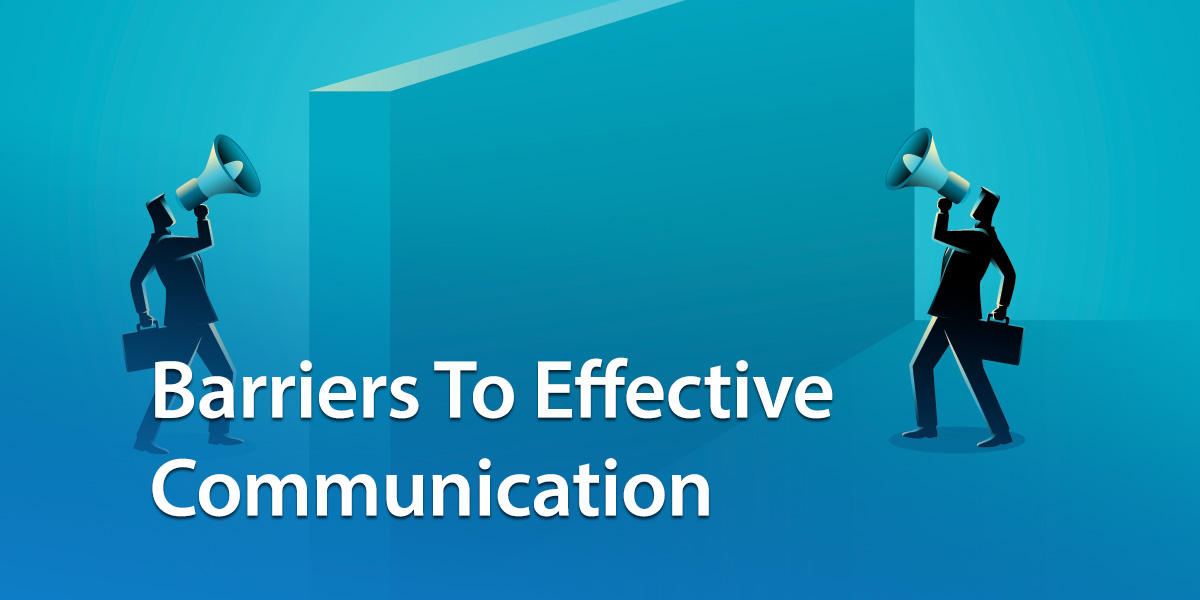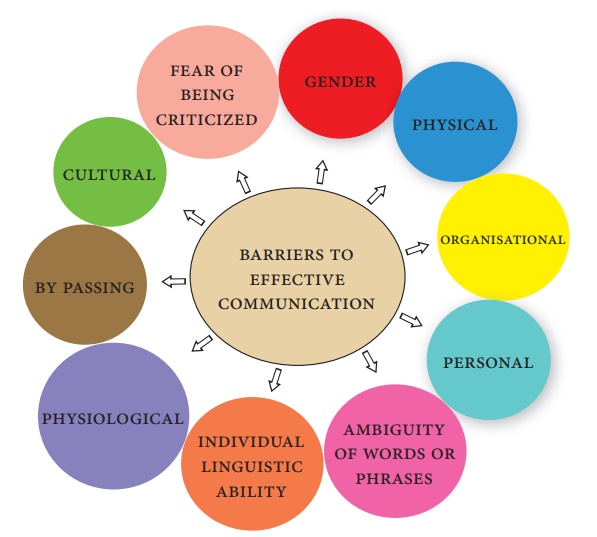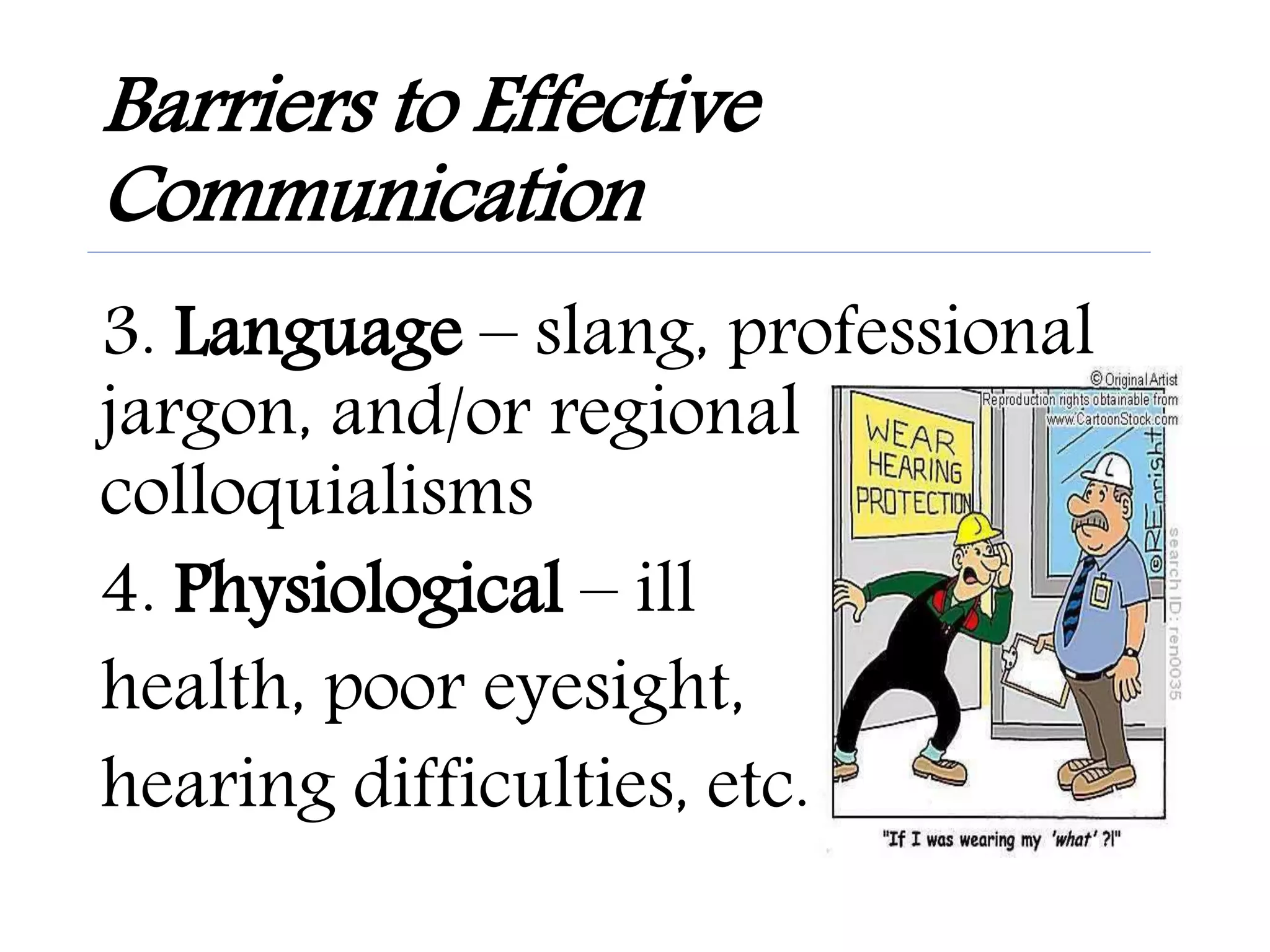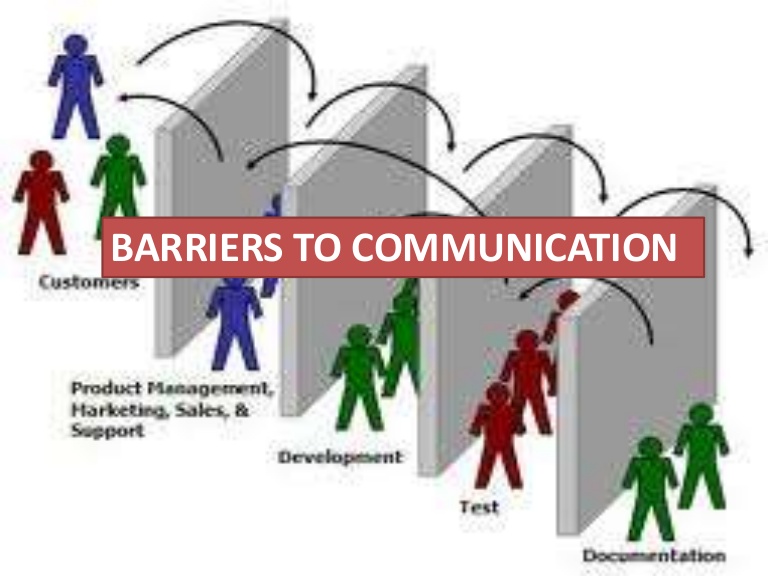Common Barriers To Effective Communication
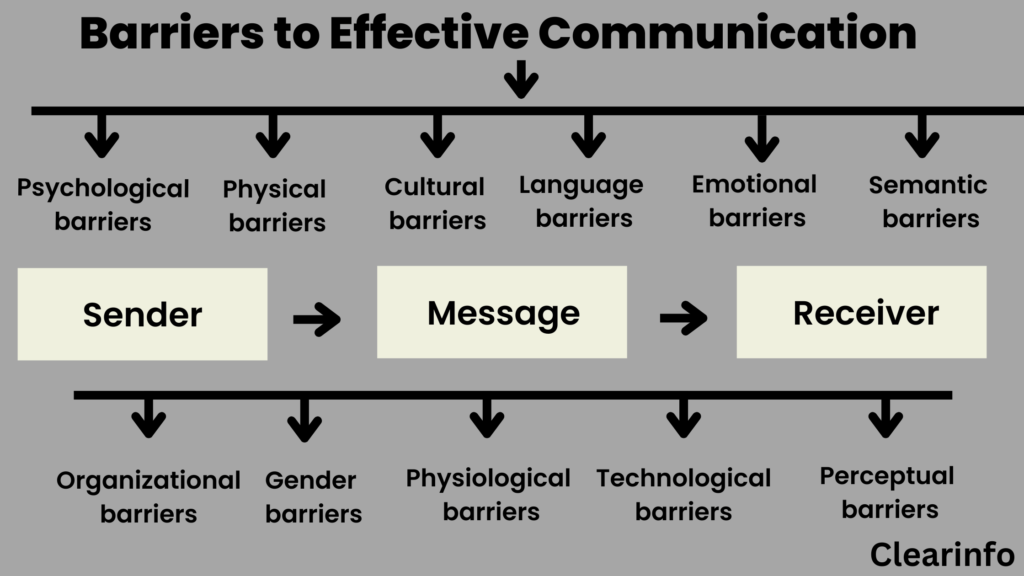
In today's interconnected world, effective communication is crucial for personal relationships, professional success, and societal harmony. Yet, despite advancements in technology and increased awareness of communication principles, numerous barriers continue to impede our ability to understand and be understood.
These obstacles, ranging from subtle psychological biases to blatant technological limitations, impact individuals, organizations, and even entire nations. Understanding and addressing these barriers is essential for fostering clearer, more productive interactions.
Common Communication Roadblocks
Psychological Barriers
One of the most significant impediments to effective communication lies within the human mind. Psychological barriers encompass a range of cognitive and emotional factors that can distort or filter messages.
For instance, selective perception, the tendency to interpret information based on pre-existing beliefs, can lead individuals to dismiss or misinterpret messages that contradict their worldview, according to a study by the American Psychological Association.
Similarly, emotional states like stress, anger, or anxiety can significantly impair one's ability to listen attentively and respond rationally. Emotional intelligence is key to overcome such barriers.
Physical Barriers
Physical barriers, though often easily identifiable, can still significantly hinder communication. These include environmental factors such as noise, distance, and physical obstructions.
A noisy workplace, for example, can make it difficult to hear and understand instructions. The COVID-19 pandemic highlighted the impact of physical distance, forcing reliance on digital communication methods, which introduced new challenges, as reported by the World Health Organization.
Poor infrastructure, such as unreliable internet connections in rural areas, can further exacerbate these challenges. According to the United Nations, addressing this digital divide is crucial for ensuring equitable access to information and opportunities.
Semantic Barriers
Semantic barriers arise from the use of language and symbols. Differences in language, jargon, and cultural interpretations can lead to misunderstandings.
The use of technical jargon, for instance, can alienate audiences unfamiliar with the terminology. Furthermore, cultural nuances in language and nonverbal communication can result in misinterpretations across different groups, says Dr.Emily Carter, communication expert.
Ambiguity in language is a common source of confusion. Clear, concise, and contextually appropriate language is essential for bridging semantic gaps.
Technological Barriers
While technology has revolutionized communication, it also presents its own set of technological barriers. These can include technical glitches, software incompatibilities, and a lack of digital literacy.
Dependence on technology can create new anxieties; technology failure can cause an immediate communication breakdown. Furthermore, the overuse of digital communication can lead to a decline in face-to-face interactions, potentially eroding social skills.
The constant stream of information from various digital channels can lead to information overload, making it difficult to focus on important messages, according to a recent report by Pew Research Center.
Overcoming the Challenges
Addressing these barriers requires a multi-faceted approach. Active listening, empathy, and clear articulation are fundamental skills for effective communication.
Organizations can invest in communication training programs to enhance employee skills and promote a culture of open dialogue. Furthermore, fostering digital literacy and ensuring equitable access to technology can help bridge the digital divide.
Being mindful of cultural differences and avoiding jargon can improve cross-cultural communication. By actively working to overcome these common barriers, individuals and organizations can foster stronger relationships, enhance productivity, and build a more connected world.

